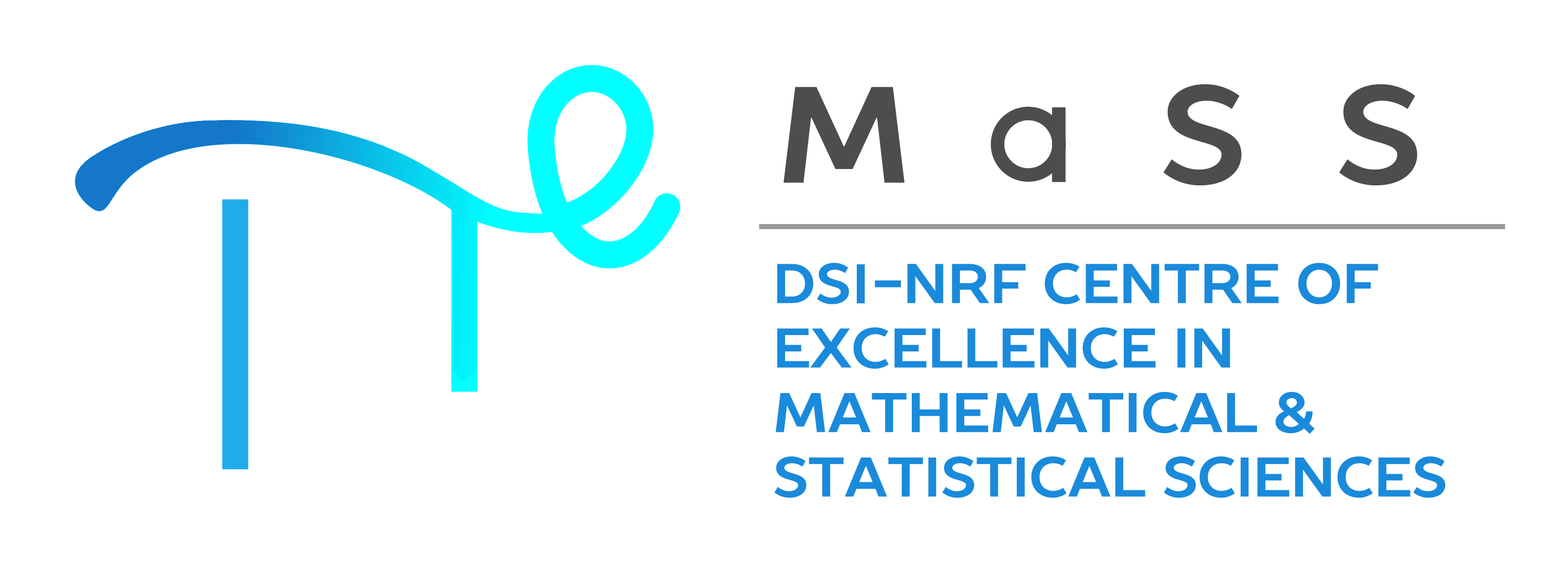Multiscale modelling Of norovirus
A.D Maphiri\(^*\), D. Mathebula,
K. Muzhinji, R. Netshikweta,
W. Garira
University of Venda
SAMS Subject Classification Number: 10
Chemical, physical and biological processes interact across multiple scales of organization which are molecular, cellular, tissue, organ systems and whole-body systems. Multiple scales lead to both localised and systematic consequences for physiology, disease progression and medical therapeutics. Disease dynamics emerge from the collective behaviour across multiple scales and hence cannot be understood simply by studying the isolated parts at a single scale. Traditional approaches for modelling infectious diseases have, until recently, been focusing on describing key disease processes (within-host and between-host) separately using single-scale models, hence do not fully explore the linking or coupling of models at multiple scales. These models overlook the fact that transmission is a consequence of process acting on at least two different scales which are within-host and between-host scales. Due to high risk of foodborne diseases and large number of deaths associated with foodborne diseases, it is important to establish a multiscale model that can assist in identifying significant factors that contribute in the spread of foodborne diseases. Therefore, scientific research is required to gather rigorous information on the burden of foodborne diseases which can be vital for supporting policy-makers as well as assisting the process for allocating appropriately resources for food safety control and intervention efforts. This work aims to develop a multiscale model of foodborne diseases caused by norovirus. To achieve the main goal of the study, we develop a within-host sub-model and between-host sub-model of norovirus and link them to form a multiscale model. Sensitivity analysis and numerical simulations show that the influence of within-host dynamics on between-host dynamics has a great effect on disease progression, the results show that targeting within-host parameters will be more helpful in reducing the burden on foodborne disease caused by norovirus.


